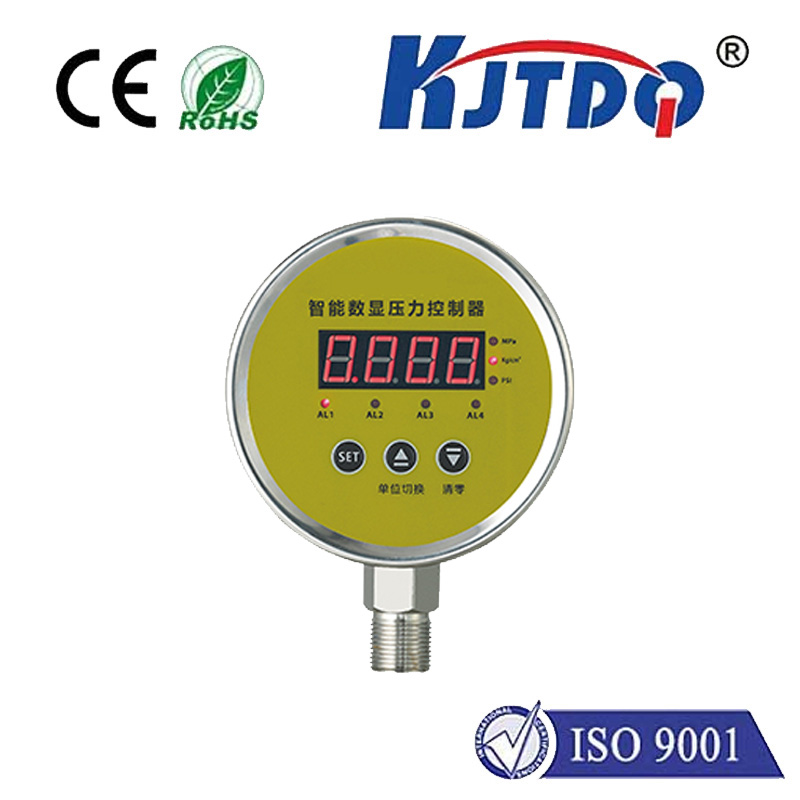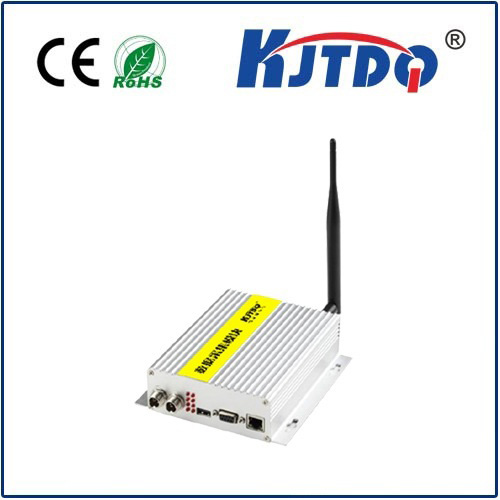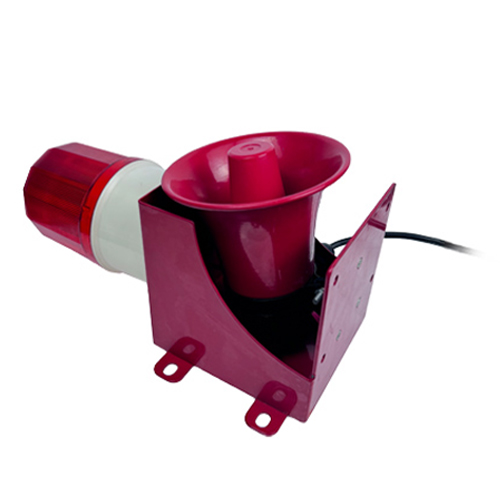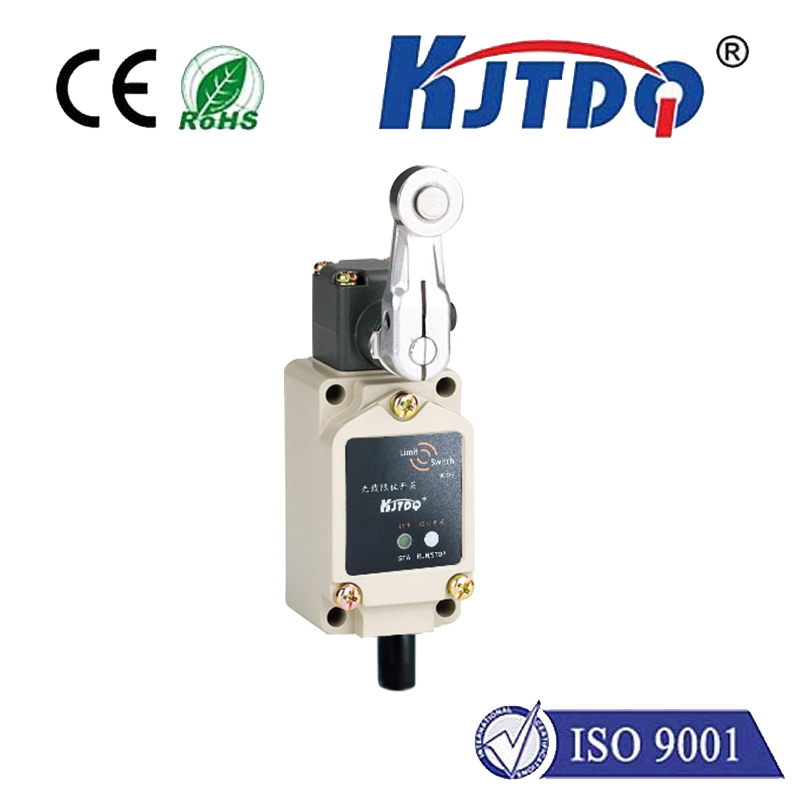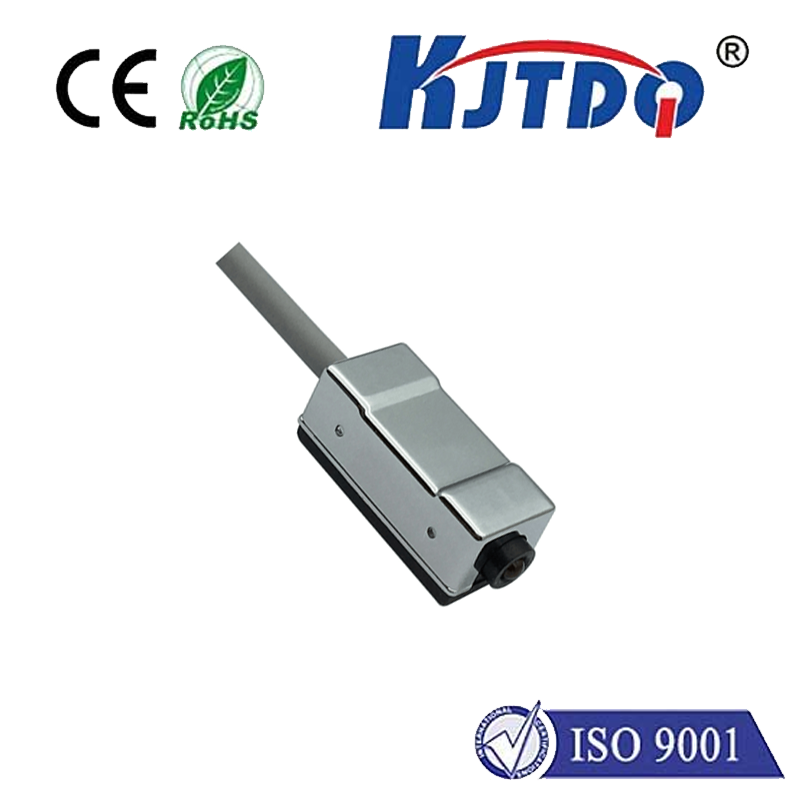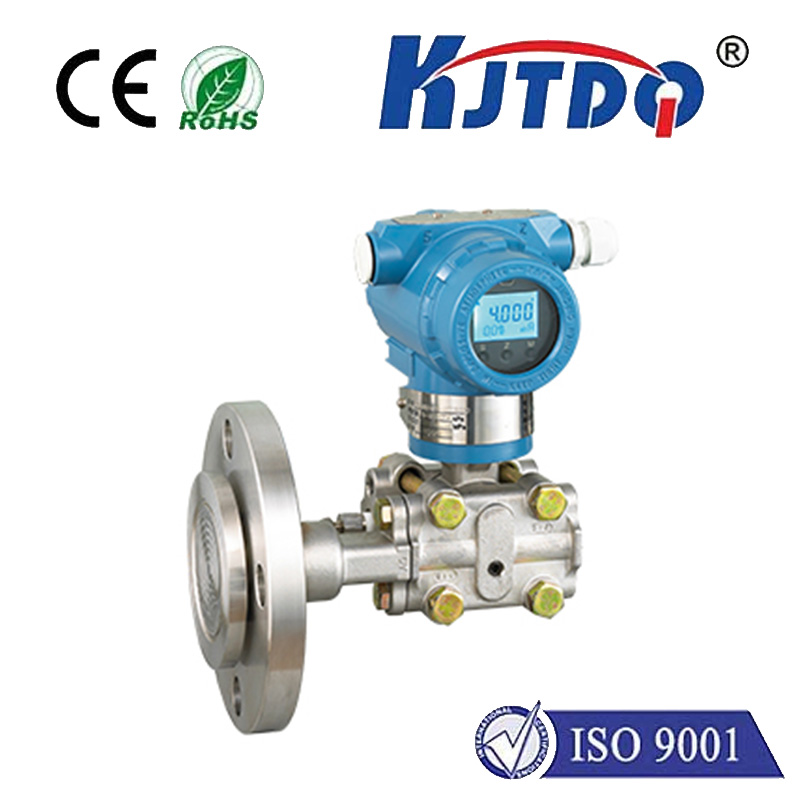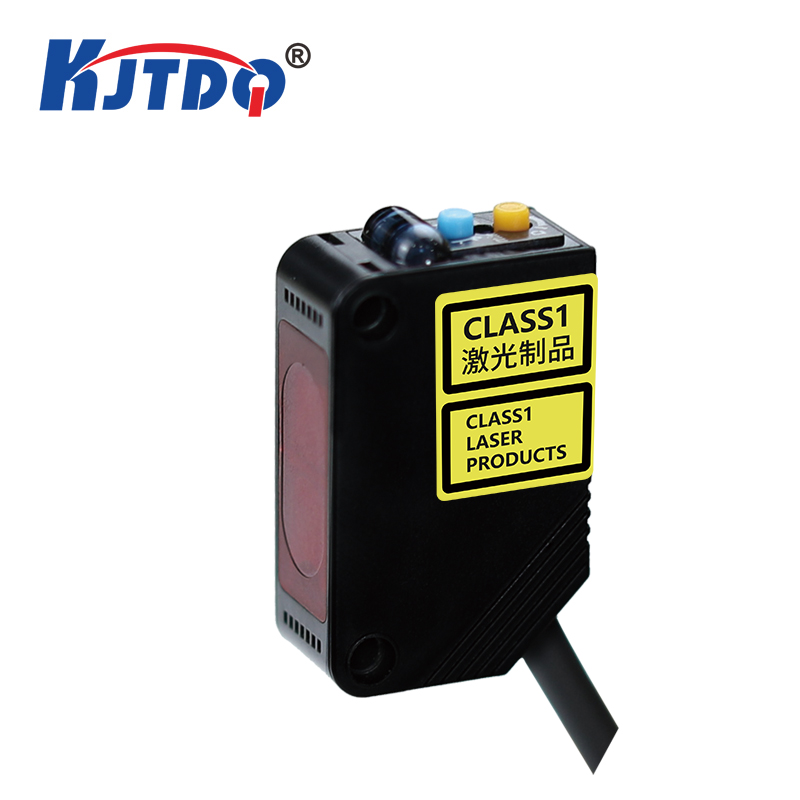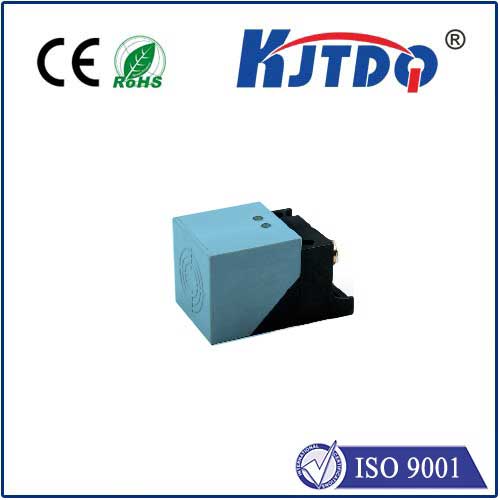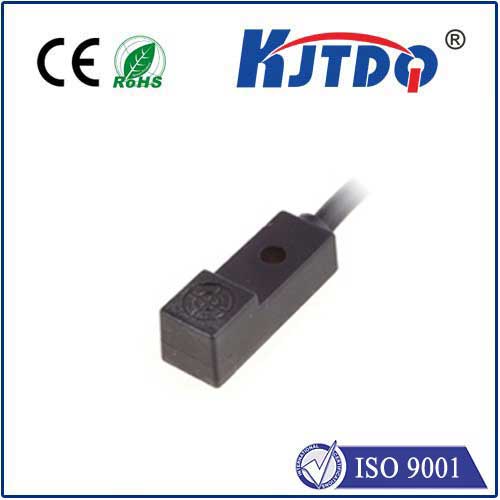proximity sensor lm5-3001na
- time:2025-09-05 15:02:17
- Нажмите:0
LM5-3001NA Proximity Sensor: Your Key to Reliable Object Detection in Demanding Environments
In the intricate dance of modern automation and machinery, unseen sentinels play a pivotal role. Proximity sensors, like the robust LM5-3001NA, are these silent workhorses. They provide the critical feedback loops that tell controllers: “Something is here,” or “Something has moved,” without physical contact. For engineers, maintenance personnel, and system integrators seeking a dependable solution for position verification, counting, or end-of-travel detection, understanding the capabilities of a specific sensor model is paramount. Let’s delve into the LM5-3001NA proximity sensor, exploring its technology, strengths, and where it truly shines.
Beyond the Touch: Capacitive Sensing Explained
The LM5-3001NA operates on the principle of capacitive sensing. Unlike inductive sensors that detect only metal, capacitive sensors detect objects based on changes in an electrical field. The sensor generates an electrostatic field. When any object – metal, plastic, wood, liquid, or even a hand – enters this detection field, it alters the capacitance of the system. The sensor’s internal circuitry detects this change and triggers its output signal.
This fundamental capability makes the LM5-3001NA incredibly versatile. Need to detect the level of a liquid in a non-metallic tank? It can do that. Need to sense the presence of a plastic bottle cap on a conveyor? Done. Require confirmation of a wood panel passing a checkpoint? This sensor is on it. Its ability to reliably detect both metal and non-metal objects significantly broadens its application scope compared to inductive-only counterparts.

LM5-3001NA: Decoding the Specifications
Understanding the technical specifications is key to effective implementation. The LM5-3001NA typically offers:
- Sensing Principle: Capacitive.
- Sensing Range: A standard 10mm nominal sensing distance (Sn). This refers to the distance at which a standard target (often specified as ferrous steel) reliably triggers the sensor. Actual range can vary slightly based on target material and size.
- Output Configuration: Commonly features a PNP, Normally Open (NO), 3-wire configuration. This means:
- PNP: The output signal provides positive voltage (+V) when the sensor detects an object (sourcing output).
- NO: The output switch is “open” (off) when no object is detected, and “closed” (on, supplying +V) when an object is present.
- 3-Wire: Requires a supply voltage (typically 10-30V DC, brown wire), ground (blue wire), and the output signal wire (black wire).
- Connection: Often utilizes a pre-wired cable (e.g., 2 meters) instead of a connector, simplifying installation but requiring proper cable gland sealing.
- Housing: A rugged, typically cylindrical threaded barrel (M18 x 1) made from nickel-plated brass or stainless steel. This standard size allows for easy mounting using nuts.
- Environmental Protection: Commonly rated МП67. This signifies excellent protection against dust ingress and protection against the effects of temporary immersion in water (up to 1 meter for 30 minutes), making it suitable for harsh industrial environments, washdown areas, or outdoor use.
- Response Frequency: Capable of detecting objects at relatively high speeds, often in the range of 50 Hz, suitable for many automation tasks.
| Key Environmental Specifications |
Value |
Significance |
| Supply Voltage |
10-30V DC |
Compatible with standard industrial control voltages |
| Current Consumption |
| Low power draw, suitable for systems with power constraints |
| Рабочая температура |
-25°C to 70°C |
Wide temperature tolerance for diverse environments |
| Класс защиты |
МП67 |
Dust-tight and protected against temporary immersion, ideal for harsh areas |
| Short-Circuit Protection |
- Да. |
Built-in safeguard against wiring errors or faults |
Where the LM5-3001NA Proximity Sensor Excels: Key Applications
Thanks to its capacitive nature, robust build, and reliable performance, the LM5-3001NA finds its home in numerous demanding sectors:
- Packaging and Material Handling: Detecting plastic bottles, cardboard boxes, bags filled with granules, or pallets regardless of material composition. Verifying presence/absence on conveyor lines, controlling filling levels in bins (detecting material bulk, not just the container), and confirming label application.
- Food and Beverage Processing: Its ability to detect liquids through non-metallic walls makes it ideal for level detection in tanks, hoppers, or pipes (e.g., dairy, juice, water). Crucially, its IP67 rating allows it to withstand the high-pressure washdowns and humid conditions common in this industry. Detecting plastic containers or caps is routine.
- Woodworking and Furniture Manufacturing: Reliably sensing wood panels, MDF, or composite materials for positioning, counting, or verifying machining steps. Impervious to sawdust when properly mounted.
- Chemical and Plastics Industries: Monitoring levels of powders, pellets, or liquids in storage containers. Detecting the presence of plastic parts or containers on production lines.
- General Assembly Automation: Verifying the presence of components made from diverse materials before a process step (e.g., ensuring a plastic housing is present before inserting electronics). Used as end-of-arm tooling presence detectors on robots where tools might be non-metallic.
- Liquid Level Control: A primary strength. Monitoring coolant levels in machine tools, detergent levels in industrial washers, or water levels in reservoirs, often through sight glasses or plastic tanks.
The Tangible Benefits: Why Choose This Sensor?
Implementing the LM5-3001NA proximity sensor brings concrete advantages:
- Material Versatility: The standout feature – reliable detection of metal, plastic, wood, liquid, glass, and more. Eliminates the need for different sensor types for different materials in many applications.
- Non-Contact Operation: Ensures zero wear and tear on both the sensor and the target object, leading to exceptional long-term reliability and minimal maintenance. No physical impact means no damage to delicate targets.
- Прочная структура: The M18 threaded metallic housing (IP67) provides excellent mechanical durability and resistance to vibration, shock, and harsh environmental conditions like moisture, oils, and coolants.
- High Switching Frequency: Capable of handling fast-moving objects on production lines, keeping pace with modern automation speeds.
- Simplified Integration: The PNP NO 3-wire configuration with pre-wired cable is standard and straightforward to connect to most Programmable Logic Controllers (PLCs) and industrial control systems.
- Resilience in Dirty Environments: While heavy buildup of material directly on the sensing face can affect performance, capacitive sensors like the LM5-3001NA are generally less susceptible to interference from airborne dust or non-conductive grime compared to optical sensors.
Important Considerations for Optimal Use
To maximize performance and reliability:
- Mounting Proximity: Avoid mounting multiple capacitive sensors too close together, as their fields can interfere. Maintain a minimum distance (often several times the sensor diameter) between units.
- Grounding: Ensure stable grounding of both the sensor and the machinery to minimize electrical noise interference.
- Target Influence: Understand that the actual sensing range (
Sr) for non-standard targets will differ from the nominal 10mm (Sn). Larger, denser objects (especially conductive ones like metal or water) are detected further away than smaller, less dense objects (like foam or thin plastic). Sensor datasheets usually provide reduction factors or curves for different materials.
- Background Influence:Монтаж

